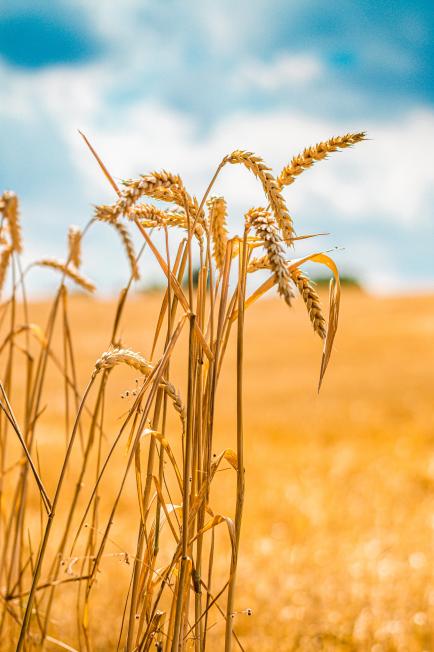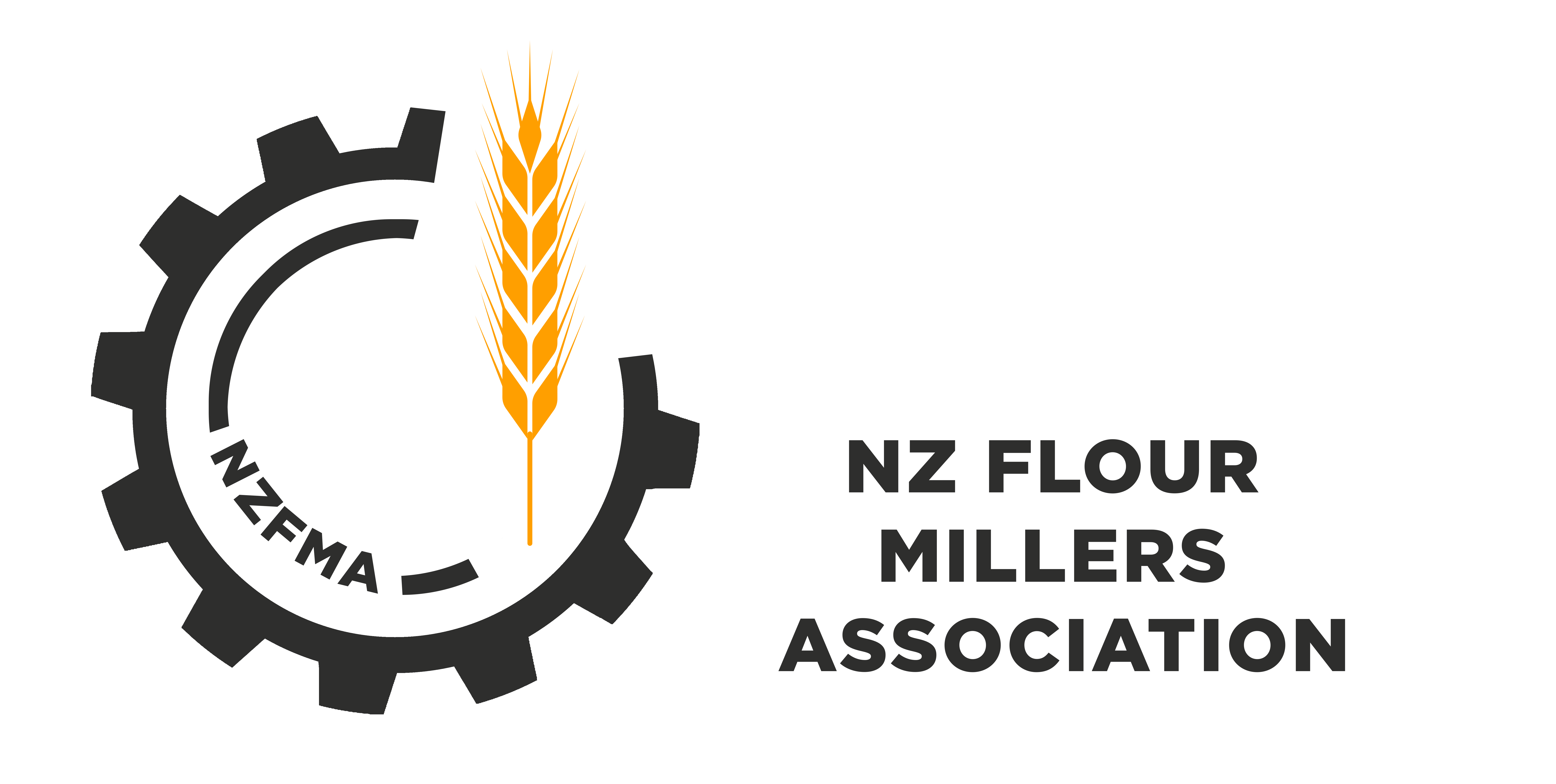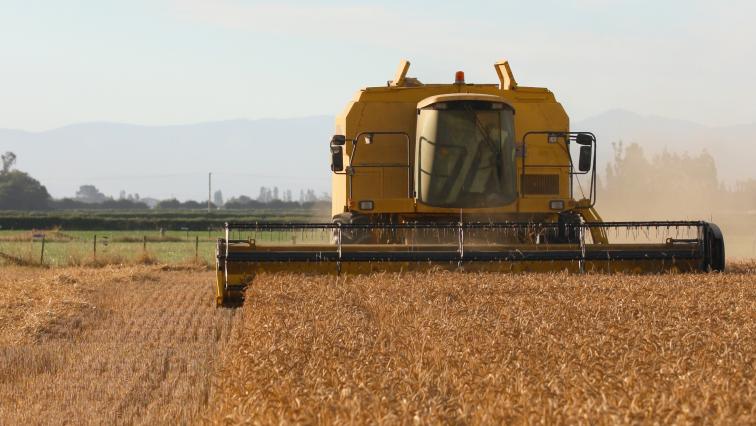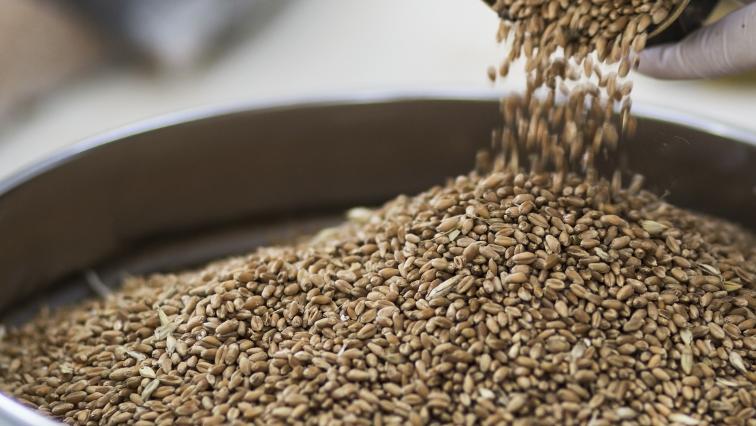There are two types of wheat typically used commercially: Bread making wheat, and Feed wheat.
As with other crops such as potatoes there are many varieties of bread wheat. These have arisen through chance or by deliberate breeding and each variety has its own characteristics which make it suitable or otherwise for growing for a particular purpose.
Over recent years there have been rapid developments in the breeding of new cultivars of wheat. The most successful are rapidly replacing established varieties and this means a number of cultivars are no longer grown or are of little importance.

Wheat quality depends on the variety, the soil and the climate.
The highest quality wheats are produced in areas with a hot dry summer, so that the growth is checked by a lack of moisture before too much starch is formed in the grain.
Wheats are often referred to as early or late - this refers to the time of sowing to harvest, and early means early maturing.
Wheats are also described as spring or winter wheats, according to the season of the year when they are planted. Most New Zealand wheat varieties may be sown at either time dependant on local climatic conditions.
On the Canterbury plains, where summer droughts are not uncommon, autumn sowing gives the crop a better chance to mature before the ground becomes too dry.
In Southland, the Manawatu and the Canterbury foothills, where there is more evenly distributed rainfall, autumn sowing is unnecessary and wheat would typically be planted in spring, as crops planted in late autumn or winter are liable to fungus and diseases.
Historically local wheat breeding was dominated by cultivars bred for local conditions by the wheat breeders of the DSIR Crop Research Division. Now a number of private companies operate breeding stations often utilising material produced by breeders in Europe.

Wheat breeding is achieved by crossing wheats with desirable qualities and characteristics as parent grains.
Breeders aim to reach a condition of complete homozygote wheat plants, ensuring that a variety is uniform across the population.
This is achieved by a mode of reproduction called selfing, where the developing wheat seed is fertilised by the pollen of the same parent plant.
If we have a variety of wheat which yields well but has poor baking qualities, it may be crossed with another wheat with lower yields but good baking quality.
Most of the offspring will have poor yield and poor baking quality, but some will have the best of both parent grains and can be used for further breeding programmes.


